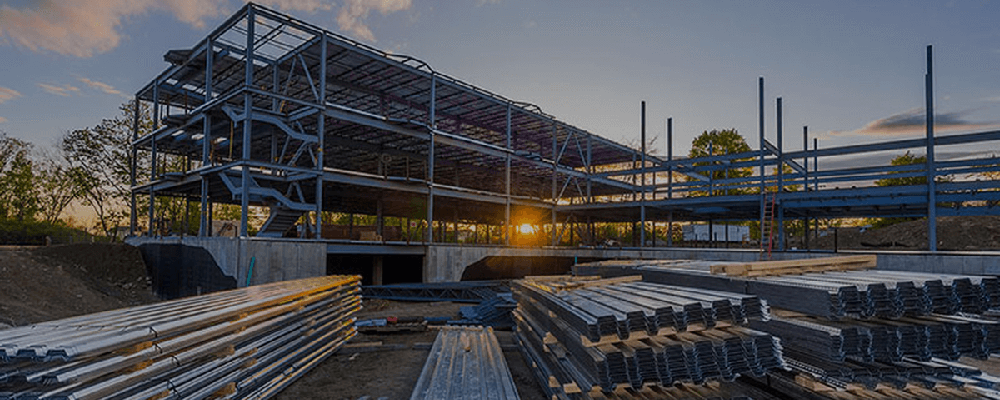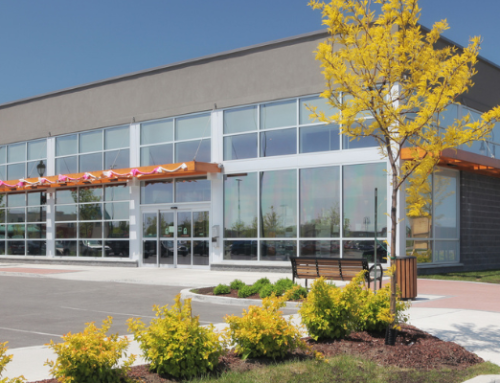Source: RSM US LLP.
OUTLOOK | August 15, 2023
As society’s needs have evolved, the scale and scope of construction projects have become more complex. Yet little has changed in construction methodologies for completing projects, despite construction being one of the largest industries in the world, accounting for 13% of the total global gross domestic product in 2020.
Meanwhile, the world is on the brink of an explosion in infrastructure spending. The United States alone has authorized three separate bills since 2021, including the $1.2 trillion Infrastructure Investment and Jobs Act, the $280 billion CHIPS and Science Act, and the $500 billion Inflation Reduction Act. Canada has just passed the halfway point of its 12-year Investing in Canada plan, which has seen over $180 billion allocated to various infrastructure projects across the country. This massive spending will have a significant impact on the construction industry for years to come.
The myriad projects coming down the pike will focus heavily on infrastructure-specific construction, including roads and bridges, water supply, and expansion of communication services. But there is also a spillover into industrial construction; manufacturing spend has seen explosive growth in the past year from government spending. Add to the mix the swift rebound in single-family and multifamily residential construction as the existing home market remains undersupplied. This influx will reshape how contractors think about construction technology (contech) adoption amid industry challenges stemming from a skilled labor shortage and declining productivity growth.
Project demand has led to the architectural, engineering and construction (AEC) technology ecosystem experiencing significant growth through both monetary investment and a wave of new startups looking to improve the industry. Contech has seen over 1,664 deals with a total value of $31.56 billion since the start of 2020 (a growth of 116% over the three years from 2017 to 2019), according to data from PitchBook.
While this increase in activity shows promise for AEC, technology adoption still lags other industries, including logistics, manufacturing and agriculture. Here are two big reasons why:
- Industry fragmentation. The average construction project has over 100 different suppliers and contractors involved from start to completion, with most of these businesses having less than five employees. Each client contract may also require specific tools for the project. This fragmentation makes it more difficult to scale quickly using any one technology.
- Low industry margins. Investment capacity is a significant challenge for many construction companies. The industry operates on margins averaging between 3% and 5%, often resulting in contractors taking a cautious approach to capacity planning. According to data from Gartner, the AEC spend on information technology is typically 1% to 2% of total revenues, and the spend on research and development is less than 1% of revenues; meanwhile, the spend in each of those areas across other industries is 3% to 5% of revenues. With such low margins, most contractors are unwilling to spend without a clear value proposition for a product.
How to place bets in contech
In listening to the issues surrounding lower productivity and a reduced pool of skilled labor, we see a significant opportunity for contractors to develop digital and technology strategies to overcome these challenges.
Some larger contractors are forming venture capital divisions to test out new technologies before investing in on-the-job solutions. Middle market contractors that are unable to fund a venture capital operation can instead focus on grassroots innovation by empowering workers to experiment with emerging technologies. The growing success of project management and cloud-based invoicing and payment solutions has hinged on project owners, general contractors and construction managers forcing technology adoption to gain increased project visibility and a faster payment process.
CONSULTING INSIGHT: IT investments
Technology utilization has long been a key element to success, but as innovations and new solutions enter the market, IT investments are becoming more difficult to prioritize and manage. Companies may know where they want to invest, but not necessarily where tech funding may come from.
Learn how to implement a strategy that balances spending while introducing opportunities to implement modern technology.
Contech has made major inroads in back-office optimization. One example is automating paper processes and legacy systems using a procure-to-pay solution to significantly speed up the financial close process and establish a more secure payment network. While it may not seem like the sexiest technology innovation, this simple strategy can lead to meaningful cost savings and improved productivity.
The takeaway
As the construction industry prepares for massive demand amid a severe labor shortage and economic challenges, we expect to see more contractors investing in business system improvements. To stay competitive, contractors must adopt contech to maximize operational efficiencies in all areas, from the back office to the job site.
As economist Paul Krugman said, “Productivity isn’t everything, but in the long run, it’s almost everything.”
This article was written by Nick Grandy and originally appeared on 2023-08-15. Reprinted with permission from RSM US LLP.
© 2024 RSM US LLP. All rights reserved. https://rsmus.com/insights/industries/construction/construction-project-demand-heightens-need-for-contech-adoption-strategies.html
RSM US LLP is a limited liability partnership and the U.S. member firm of RSM International, a global network of independent assurance, tax and consulting firms. The member firms of RSM International collaborate to provide services to global clients, but are separate and distinct legal entities that cannot obligate each other. Each member firm is responsible only for its own acts and omissions, and not those of any other party. Visit rsmus.com/about for more information regarding RSM US LLP and RSM International.




